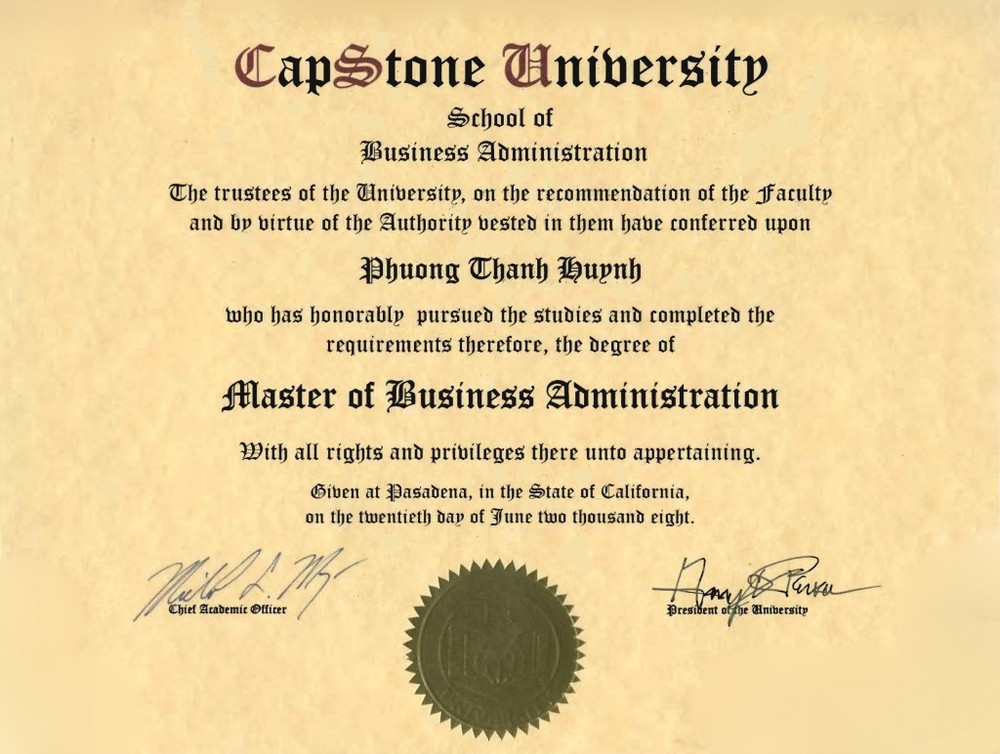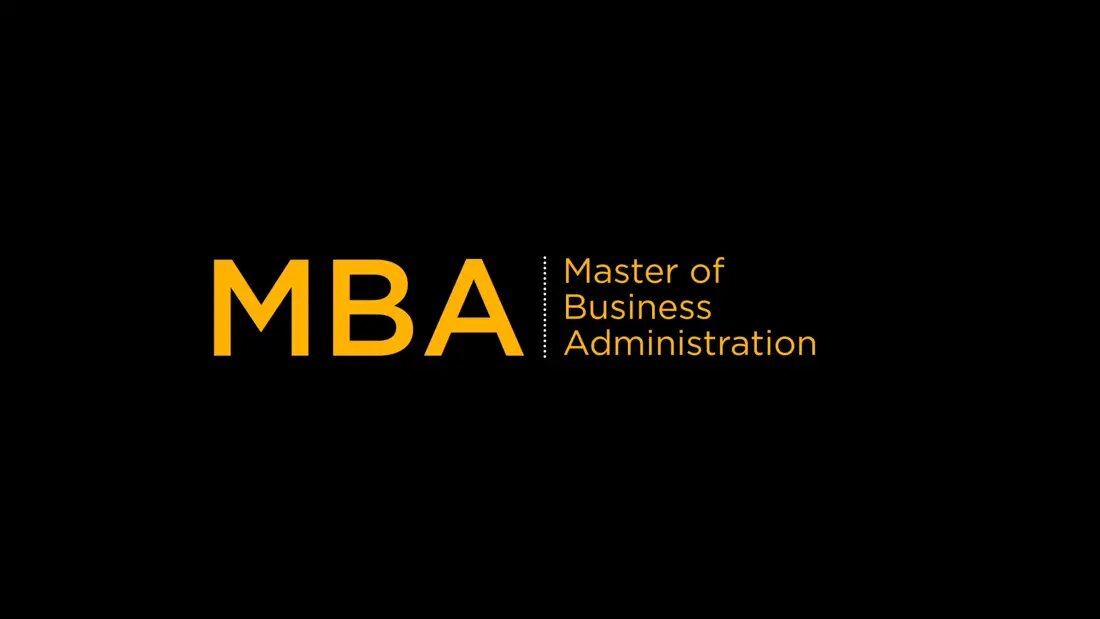Table of Contents
A Master of Business Administration, commonly abbreviated MBA, is a prestigious degree that offers plenty of financial and nonfinancial benefits. In this post, you will learn not only the basics on master of business administration but also some of the many advantages of having an MBA degree.
In addition, at the end, you will discover top 7 highest MBA jobs as well as simple tips to help you complete your degree faster and start a successful career right after graduation.
Master of Business Administration is a terminal and professional degree which involves core courses that  cover various areas of business administration such as accounting, business communication, management, human resources, business strategy, marketing, business ethics, business law, finance, managerial economics, entrepreneurship, applied statistics, supply-chain management, and operations management.
cover various areas of business administration such as accounting, business communication, management, human resources, business strategy, marketing, business ethics, business law, finance, managerial economics, entrepreneurship, applied statistics, supply-chain management, and operations management.
Master of Business Administration programs in the United States typically require students to complete 40 to 60 credits. This is sixty to ninety in a quarter system, which is much higher than thirty-six to forty-five in a quarter system typically required for degrees that cover some of the same material such as the Master of Finance, Master of Economics, Master of Accountancy, Master of Science in Management, and Master of Science in Marketing.
Master of Business Administration Programs and Courses
There are about 10 types of MBA programs and a variety of courses available. Before you make a selection, it is important to know the advantages and disadvantages of each type and choose wisely an MBA program that fits your needs.
- Full-time MBA Programs – Master of Business Administration Programs normally lasts over two academic years, approximately 18 months of term time. Students begin the program with plenty of prior real-world experience and take classes during weekdays like other traditional university students. A typical full-time, accelerated, part-time, or modular MBA requires 60 credits (600 class hours) of graduate work.
- Accelerated MBA Programs – As the name indicates it, Accelerated MBA programs are a faster alternative to traditional two to three-year programs. They involve a higher course load with more intense class and examination schedules and are usually condensed into one year. They usually have less downtime during the program and between semesters. Students enrolling in an accelerated MBA usually take classes at an accelerated rate in order to complete their studies quicker, within ten to fifteen months. Accelerated programs typically have a lower cost than full-time two-year programs.
- Part-time MBA Programs –
 Those courses normally have classes on weekends and weekday evenings after normal working hours. Part-time MBA programs usually last 3 years or more. The students in these programs are, most of the times, working professionals who take a light course load for a longer period of time until the graduation requirements are met.
Those courses normally have classes on weekends and weekday evenings after normal working hours. Part-time MBA programs usually last 3 years or more. The students in these programs are, most of the times, working professionals who take a light course load for a longer period of time until the graduation requirements are met.
- Evening MBA Programs – These second shift MBA programs are also designed for working professionals who have time to continue their education in the traditional way. Evening MBA programs are usually full-time courses that normally hold classes on weekends or weekday evenings, after normal working hours, for a period of 2 years.
- Modular MBA Programs – These are like part-time programs but with a lock-step curriculum; students can create their own curricula and pace. Classes are held weekends, and courses include online webinars, discussions, assignments and research projects. Modular programs are for independent students who have the drive and determination to complete their coursework on-time without being supervised.
- Part-time Executive MBA Programs – These courses are designed exclusively to allow Executives and managers to earn an MBA (or another business-related graduate degree) in 2 years or less while still working full-time in their regular profession. Students come from different type and size of organization, including profit, nonprofit, government, and representatives of various industries. EMBA students typically have 10 years or more of work experience compared to other MBA students.
- Full-time Executive MBA Programs – Unlike part time which typically take 2 years to complete, full time executive MBA programs are usually completed in 1 year. They are primarily offered to professionals in countries where the 2-year MBA programs tend to target fresh graduates with no or minimal experience.
- Distance Learning MBA Programs – These terms refer to not only online MBA programs but also all types of course that offer classes off-campus. These programs are usually offered in the following formats: offline or online computer courses, non-interactive broadcast video, correspondence courses by postal mail or email, pre-recorded video, live teleconference or videoconference.
- Dual Degrees Programs – Also called joint programs, dual degree MBA or EMBA programs allow leaners to combine a business degree with a different graduate study While it requires more time to study, it costs less than pursuing 2 degrees separately and save time on the learning process. Certain business schools offer programs which allow students to earn both a bachelor’s degree in business administration and a Master Business Administration in five years or less.
- Mini-MBA Programs – This training regimen focuses on the fundamentals of business management. These programs typically cover topics of traditional MBAs such as finance, accounting, business communication, business ethics, management, managerial economics, strategic management entrepreneurship, marketing, and operations, in shorter introductory modules or courses.
These programs are typically non-credit bearing and require less than 100 hours of total learning. In addition, Mini-MBA is not considered as an academic degree or a version of MBA degree.
Master of Business Administration Exit Examination
Completing your MBA courses is not the end; many MBA programs require a comprehensive exit exam which is based on test knowledge across one or more general fields of study. In the United states, the national standardized exam is known as the Major Field Test for MBAs (MFT-MBA), and it has been administered in the MBA programs of over 300 universities.
The MFT-MBA is designed to assess skills, knowledge, and reasoning ability of each students within the domain of standard MBA curriculum. The test is usually administered by Educational Testing Service. Another prominent option for comprehensive exit exams is the Common Professional Component Comprehensive Exam for MBAs (CPC COMP Exam for MBAs) offered by Peregrine Academic Services.
The assessment aims at assessing 6 of the most common professional components taught in any four-year business degree program:
- Economics
- Management
- Business Finance
- Legal Environment of Business
- Information Management Systems
- Business Integration and Strategic Management.
Master of Business Administration Careers
Having a master in business administration opens doors to many job opportunities. An MBA prepares you for many types of careers, in a variety of field. Some of the more common positions people who have a master in business administration tend to hold include:

- Portfolio manager
- Investment banker
- Entrepreneur/founder
- Market research analyst
- Management consultant
- Project analyst or strategist
- Business analyst or strategist
- Managing Director (of a department)
- Financial analyst, associate, or manager
- Marketing associate, analyst, or manager
- Product analyst, associate, or manager
- Program analyst, associate, or manager
- Operations analyst, associate, or manager
- Business development analyst, associate, or manager.
Master of Business Administration Jobs
An MBA propels you to the top of the applicant pool by setting you apart from the rest. It is an attestation which confirms to the potential employer you have the analytical and communication skills necessary to be the best director, senior administrator, or chief officer of his company.
But some jobs pay better and have more opportunities. Here are 7 highest paid Master of Business Administration jobs for graduates looking for employment, including some of the best paying jobs in finance, according to salary data from PayScale.com:
- Chief administrative officer (CAOs) – Median BLS Salary, as of 2020, $120,500
- Chief financial officer (CFO) – Median BLS Salary, as of 2020, $135,000
- Chief Operating Officer – Median BLS Salary, as of 2020, $143,500
- Chief executive officer (CEO) – Median BLS Salary, as of 2020, $156,000
- Chief technology officer (CTO) – Median BLS Salary, as of 2020, $161,000
- Chief marketing director (CMO) – Median BLS Salary, as of 2020,
- Medical director – Median BLS Salary, as of 2020, $207,500
Thank you for reading to the end. If you have any comment, suggestion or question, kindly share it below with our readers.



